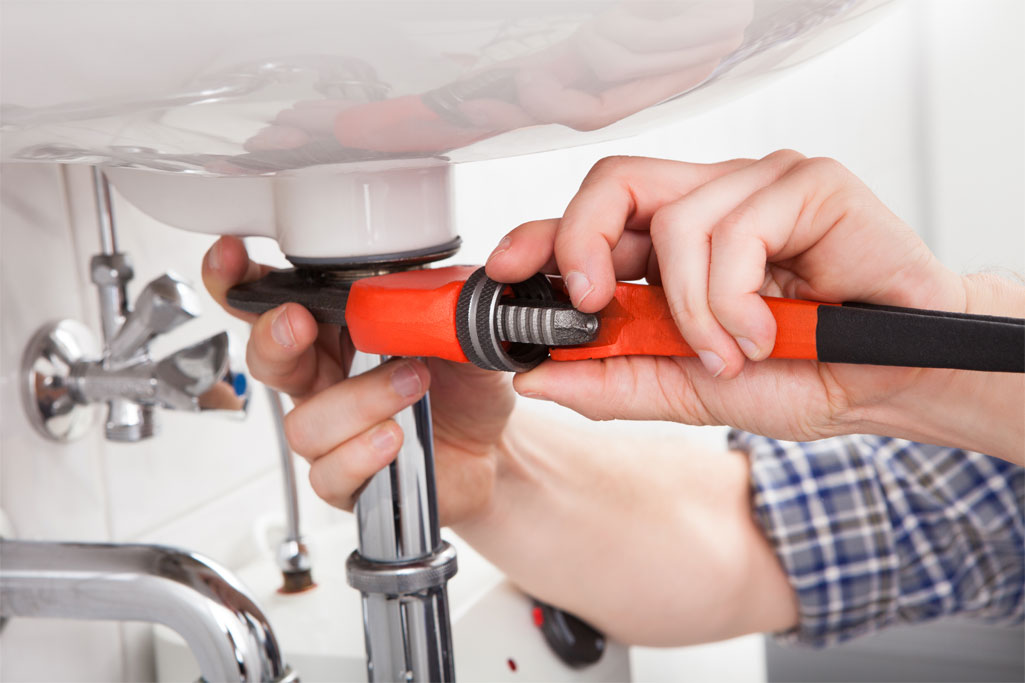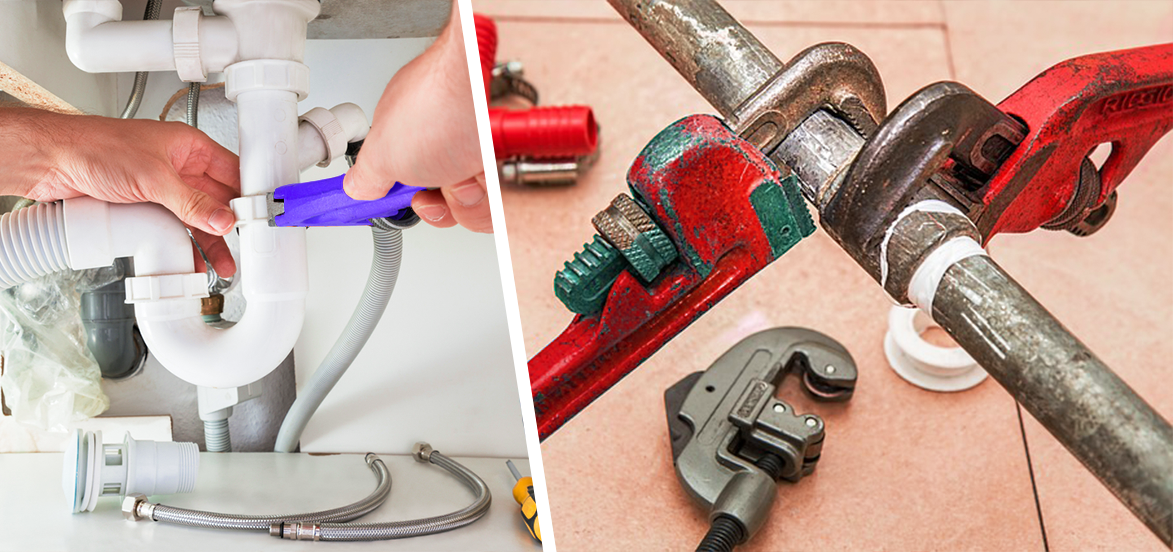When it comes to your kitchen sink, proper plumbing venting is crucial for the overall functionality and health of your plumbing system. But what exactly is a plumbing vent and why do you need it for your kitchen sink? Let's take a closer look. A plumbing vent is a pipe that runs from your plumbing system up and out through the roof of your home. Its main function is to allow air to flow through the pipes, preventing any negative pressure that can cause clogs and other plumbing issues. Without a plumbing vent, your kitchen sink can experience slow drainage, gurgling noises, and even foul odors. So, if you want your kitchen sink to work properly, it's important to understand the role of a plumbing vent and how to install one correctly.1. Kitchen Sink Plumbing Vent: What You Need to Know
Installing a plumbing vent for your kitchen sink may seem like a daunting task, but it can actually be done as a DIY project with the right tools and knowledge. First, you will need to locate the main plumbing stack in your home, which is usually found in the basement or crawlspace. Next, you will need to determine the best location for the plumbing vent to be installed. This is typically above the kitchen sink, but it may vary depending on the layout of your plumbing system. Once you have determined the location, you will need to cut a hole in the wall and connect the vent pipe to the main stack. It's important to ensure that the pipe is installed at a slight angle to allow for proper air flow. If you're unsure about the installation process, it's always best to consult a professional plumber to avoid any potential issues.2. How to Install a Plumbing Vent for a Kitchen Sink
Like any other plumbing component, a plumbing vent can encounter issues over time. It's important to be aware of these common problems so you can address them before they become major headaches. One common issue with plumbing vents is blockages caused by debris, such as leaves or animal nests, which can restrict air flow. Another problem is a damaged or cracked vent pipe, which can allow sewer gases to escape into your home. Additionally, improper installation can lead to a variety of issues, including slow drainage and foul odors. If you notice any of these problems with your plumbing vent, it's important to address them promptly to avoid further damage to your plumbing system.3. Common Plumbing Vent Problems for Kitchen Sinks
Proper venting is essential for the health and functionality of your kitchen sink. Without it, negative pressure can build up in your pipes, causing slow drainage and clogs. This can also lead to foul odors and even potential health hazards. In addition to preventing these issues, proper venting can also improve the overall efficiency of your plumbing system. By allowing air to flow freely, it helps to maintain the proper balance of pressure within the pipes, keeping everything running smoothly. So, if you want to avoid costly repairs and maintain a healthy plumbing system, make sure your kitchen sink has proper venting in place.4. The Importance of Proper Venting for Kitchen Sinks
There are several types of plumbing vents that can be used for kitchen sinks, depending on the layout of your plumbing system and your personal preference. The most common type of vent is the standard vertical vent, which runs from the main stack up and out through the roof. Other options include island vents, which are used for kitchen sinks located on an island, and air admittance valves (AAVs), which are installed under the sink and allow air to enter the pipes when needed. It's important to choose the right type of vent for your specific kitchen sink to ensure proper air flow and functionality.5. Types of Plumbing Vents for Kitchen Sinks
If you suspect that your plumbing vent may be clogged, there are a few steps you can take to troubleshoot the issue before calling a professional plumber. First, try flushing the vent pipe with a garden hose to remove any debris that may be causing the clog. If this doesn't work, you may need to use a plumbing snake to clear the blockage. If you're still experiencing issues, it's best to consult a plumber to properly diagnose and fix the problem. Remember, a clogged plumbing vent can lead to more serious issues if left untreated, so it's important to address the problem as soon as possible.6. How to Troubleshoot a Clogged Plumbing Vent for a Kitchen Sink
As mentioned earlier, installing a plumbing vent for your kitchen sink can be done as a DIY project. However, it's important to have the necessary knowledge and skills to complete the installation correctly. If you're confident in your abilities, make sure to do thorough research and follow all safety precautions before beginning the installation process. It's also a good idea to have a professional plumber on standby in case you encounter any issues. Alternatively, it's always best to hire a licensed plumber to ensure the plumbing vent is installed properly and to avoid any potential problems down the line.7. DIY Plumbing Vent Installation for Kitchen Sinks
While we've touched on the importance of a plumbing vent for your kitchen sink, it's worth diving deeper into its role in your overall plumbing system. A plumbing vent not only prevents negative pressure and allows air to flow through the pipes, but it also helps to remove sewer gases from your home. These gases can be harmful and even flammable, so having a properly functioning plumbing vent is crucial for the safety of your household. Additionally, a plumbing vent helps to maintain the proper balance of pressure in your pipes, preventing issues like slow drainage and clogs.8. Understanding the Role of a Plumbing Vent in Your Kitchen Sink
As with any other plumbing component, there are certain signs that may indicate a faulty plumbing vent for your kitchen sink. These include slow drainage, gurgling noises coming from your pipes, and foul odors in your home. If you notice any of these signs, it's important to address the issue promptly to prevent further damage to your plumbing system. A professional plumber can help diagnose the problem and provide the necessary repairs.9. Signs of a Faulty Plumbing Vent for Your Kitchen Sink
There are numerous benefits to installing a plumbing vent for your kitchen sink, including improved functionality, reduced risk of clogs and other plumbing issues, and better overall efficiency of your plumbing system. Additionally, a properly installed and functioning plumbing vent can save you money in the long run by preventing costly repairs and potential health hazards. So, if you want to ensure the health and longevity of your kitchen sink and plumbing system, make sure to have a plumbing vent installed and maintained properly. In conclusion, a plumbing vent is a vital component for your kitchen sink and overall plumbing system. By understanding its role, knowing how to install and troubleshoot it, and keeping up with regular maintenance, you can ensure that your kitchen sink works properly and efficiently for years to come.10. The Benefits of Installing a Plumbing Vent for Your Kitchen Sink
The Importance of Properly Installed Plumbing Vents for Kitchen Sinks

Ensuring Efficient Drainage and Preventing Unpleasant Odors
 Proper ventilation is a crucial aspect of any plumbing system, and this is especially true for kitchen sinks. A
plumbing vent
is a pipe that runs from the drainage system to the roof of a house, allowing air to flow in and out of the pipes. Without proper ventilation, your kitchen sink may experience slow drainage, gurgling sounds, and even unpleasant odors. In this article, we will discuss the importance of having a properly installed plumbing vent for your kitchen sink and how it can improve the overall functionality and hygiene of your household.
Proper ventilation is a crucial aspect of any plumbing system, and this is especially true for kitchen sinks. A
plumbing vent
is a pipe that runs from the drainage system to the roof of a house, allowing air to flow in and out of the pipes. Without proper ventilation, your kitchen sink may experience slow drainage, gurgling sounds, and even unpleasant odors. In this article, we will discuss the importance of having a properly installed plumbing vent for your kitchen sink and how it can improve the overall functionality and hygiene of your household.
How it Works
 When water goes down the drain of your kitchen sink, it creates negative pressure in the pipes. Without a vent, this pressure can cause air from other drains to be sucked into the kitchen sink drain, resulting in slow drainage and gurgling sounds. A properly installed plumbing vent allows air to enter the system, balancing the pressure and ensuring that water can flow freely down the drain. This also helps to prevent the build-up of harmful gases, such as methane, which can cause unpleasant odors in your kitchen.
When water goes down the drain of your kitchen sink, it creates negative pressure in the pipes. Without a vent, this pressure can cause air from other drains to be sucked into the kitchen sink drain, resulting in slow drainage and gurgling sounds. A properly installed plumbing vent allows air to enter the system, balancing the pressure and ensuring that water can flow freely down the drain. This also helps to prevent the build-up of harmful gases, such as methane, which can cause unpleasant odors in your kitchen.
The Role of Gravity
Proper Installation is Key
 Installing a plumbing vent for your kitchen sink is not a DIY project and should be done by a professional plumber. The size and placement of the vent pipe are crucial for it to function effectively. It should also be connected to the main vent stack of your house, which runs vertically through the roof. A
professional plumber
will ensure that the vent is installed at the correct angle and height to prevent any potential issues in the future.
Installing a plumbing vent for your kitchen sink is not a DIY project and should be done by a professional plumber. The size and placement of the vent pipe are crucial for it to function effectively. It should also be connected to the main vent stack of your house, which runs vertically through the roof. A
professional plumber
will ensure that the vent is installed at the correct angle and height to prevent any potential issues in the future.
Final Thoughts
 In conclusion, a properly installed plumbing vent for your kitchen sink is essential for efficient drainage and maintaining a healthy and hygienic household. It not only prevents unpleasant odors but also helps to extend the lifespan of your pipes by reducing the risk of clogs and backups. If you are experiencing any issues with your kitchen sink drainage, it is crucial to have a professional plumber inspect your plumbing vent to ensure it is installed correctly. Don't overlook the importance of this often forgotten but crucial component of your plumbing system.
In conclusion, a properly installed plumbing vent for your kitchen sink is essential for efficient drainage and maintaining a healthy and hygienic household. It not only prevents unpleasant odors but also helps to extend the lifespan of your pipes by reducing the risk of clogs and backups. If you are experiencing any issues with your kitchen sink drainage, it is crucial to have a professional plumber inspect your plumbing vent to ensure it is installed correctly. Don't overlook the importance of this often forgotten but crucial component of your plumbing system.
:max_bytes(150000):strip_icc()/venting-sink-diagram-f8f9759a-1047c08369d24101b00c8340ba048950.jpg)
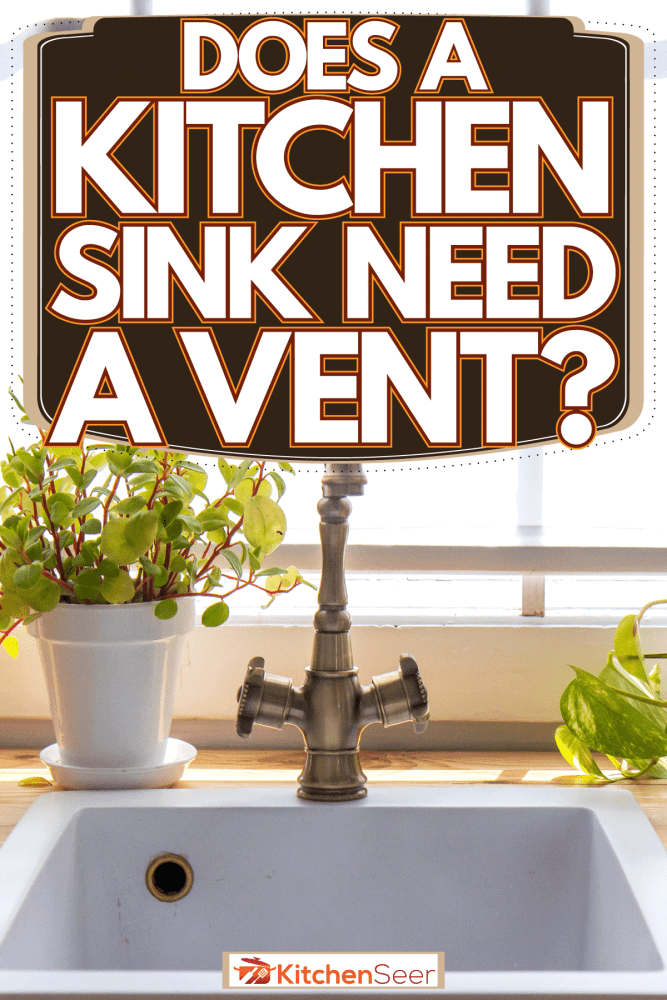







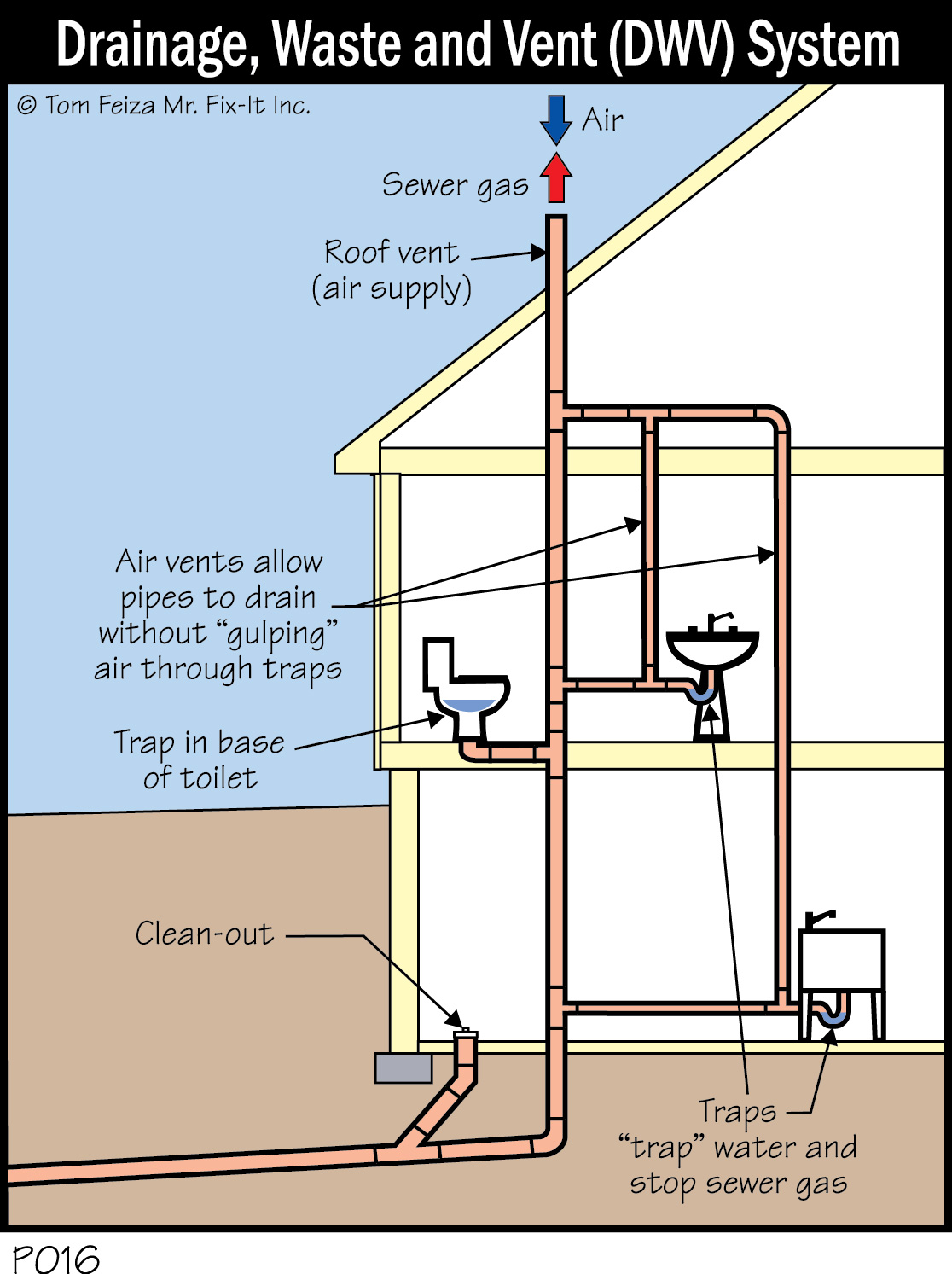




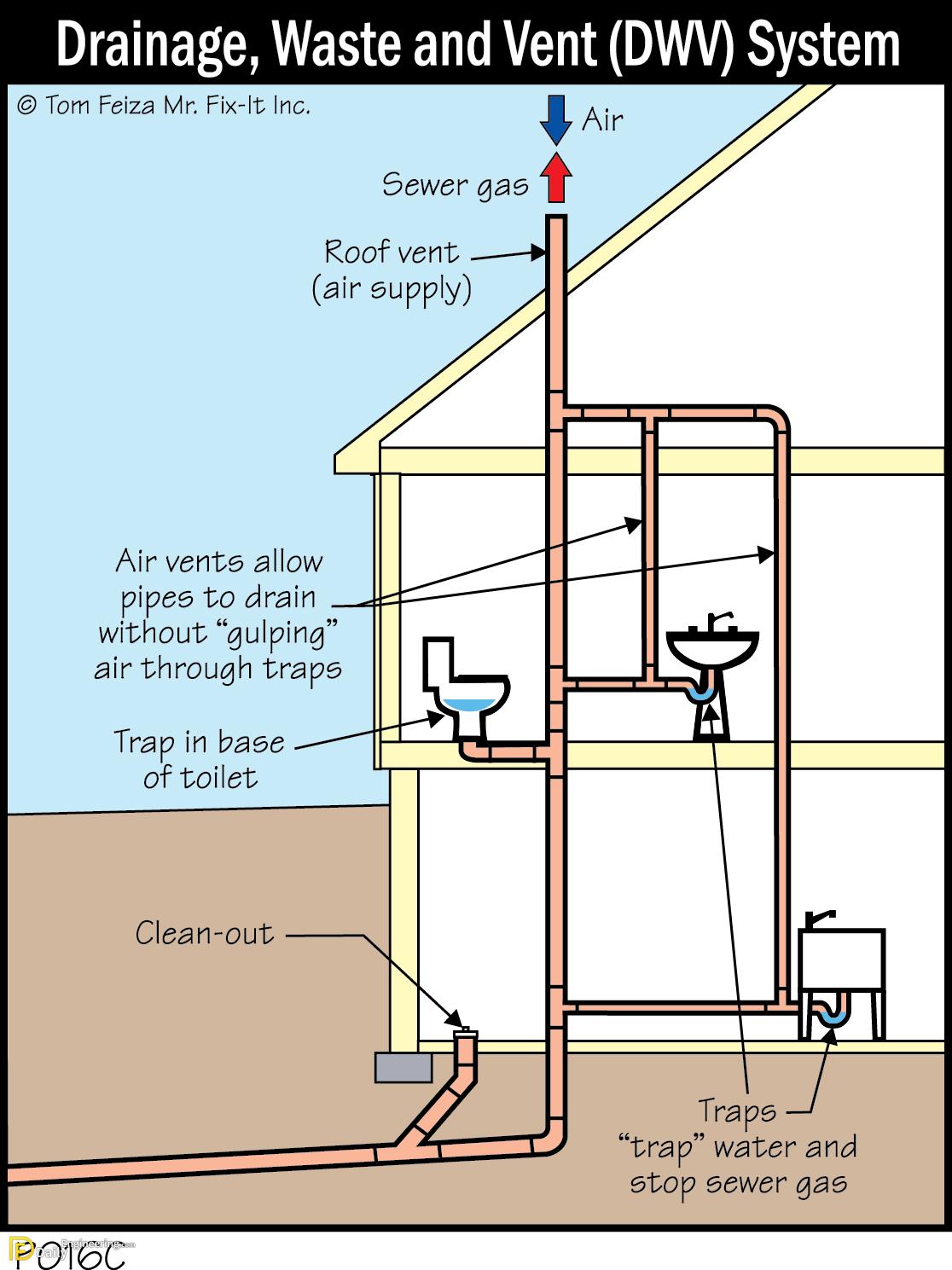


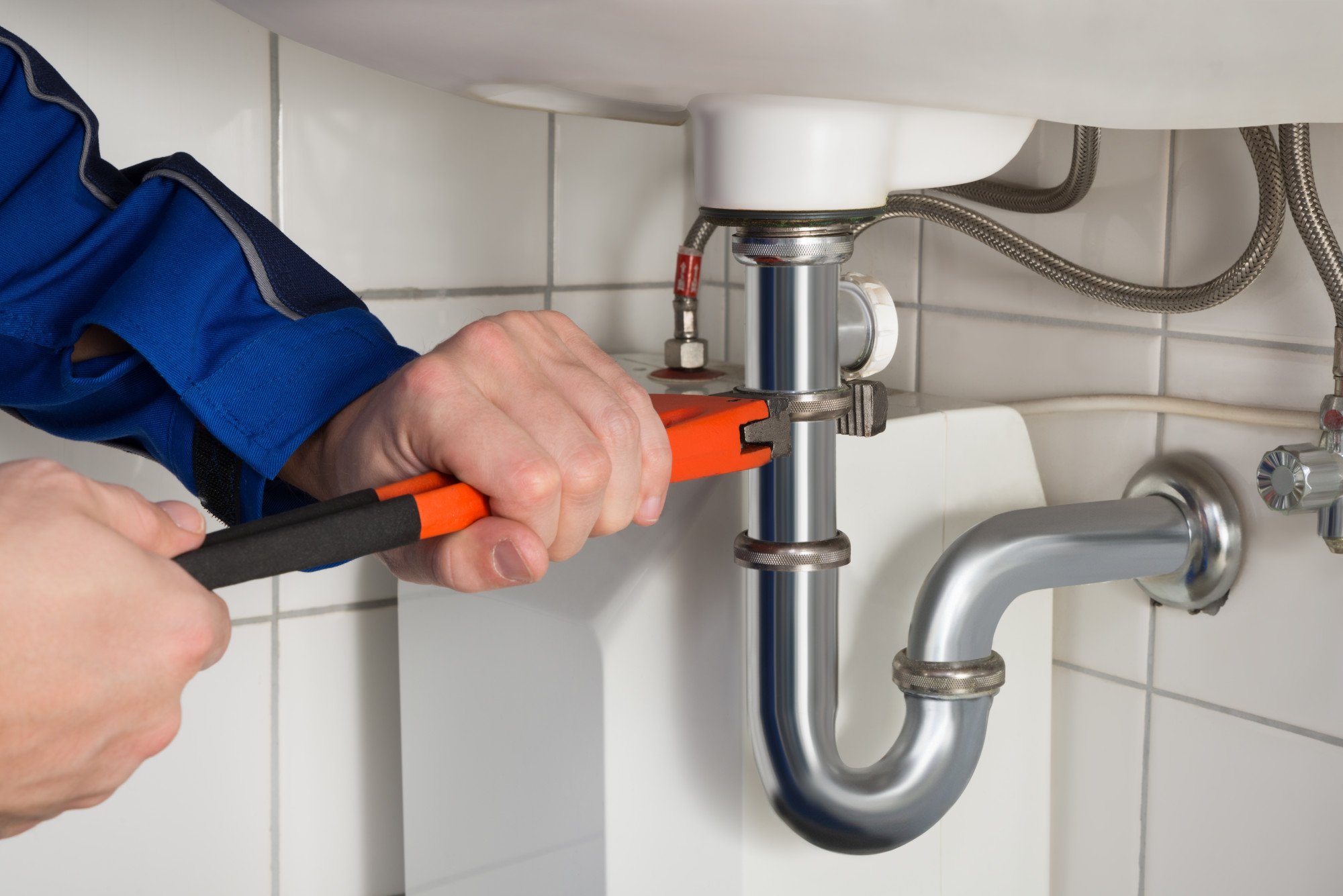


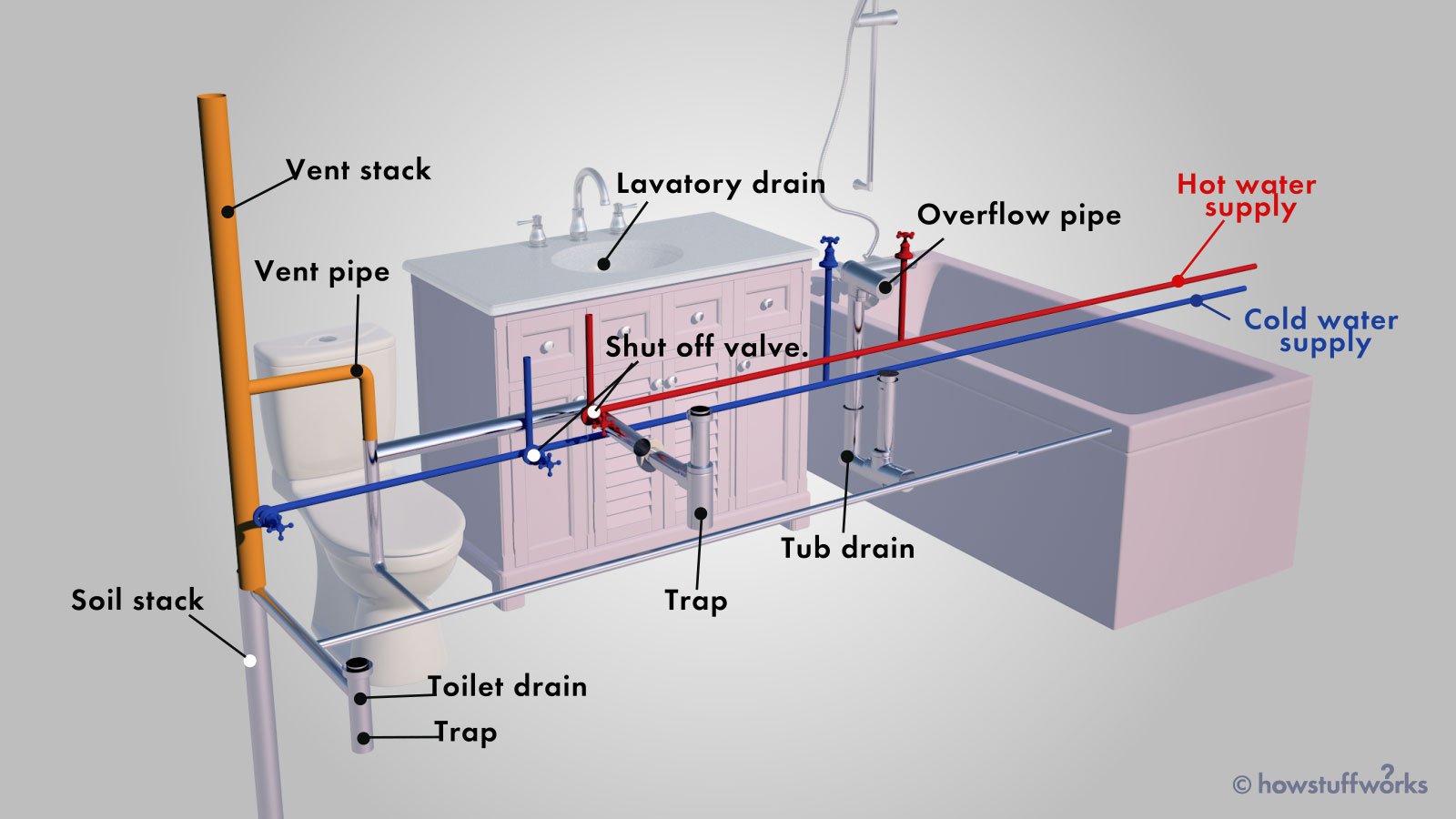


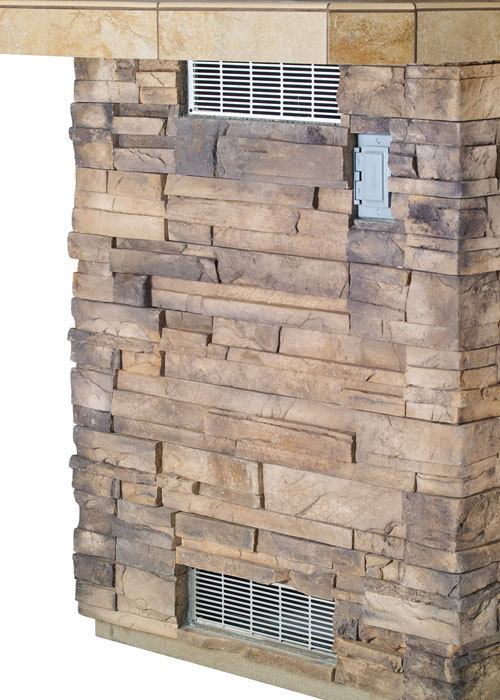

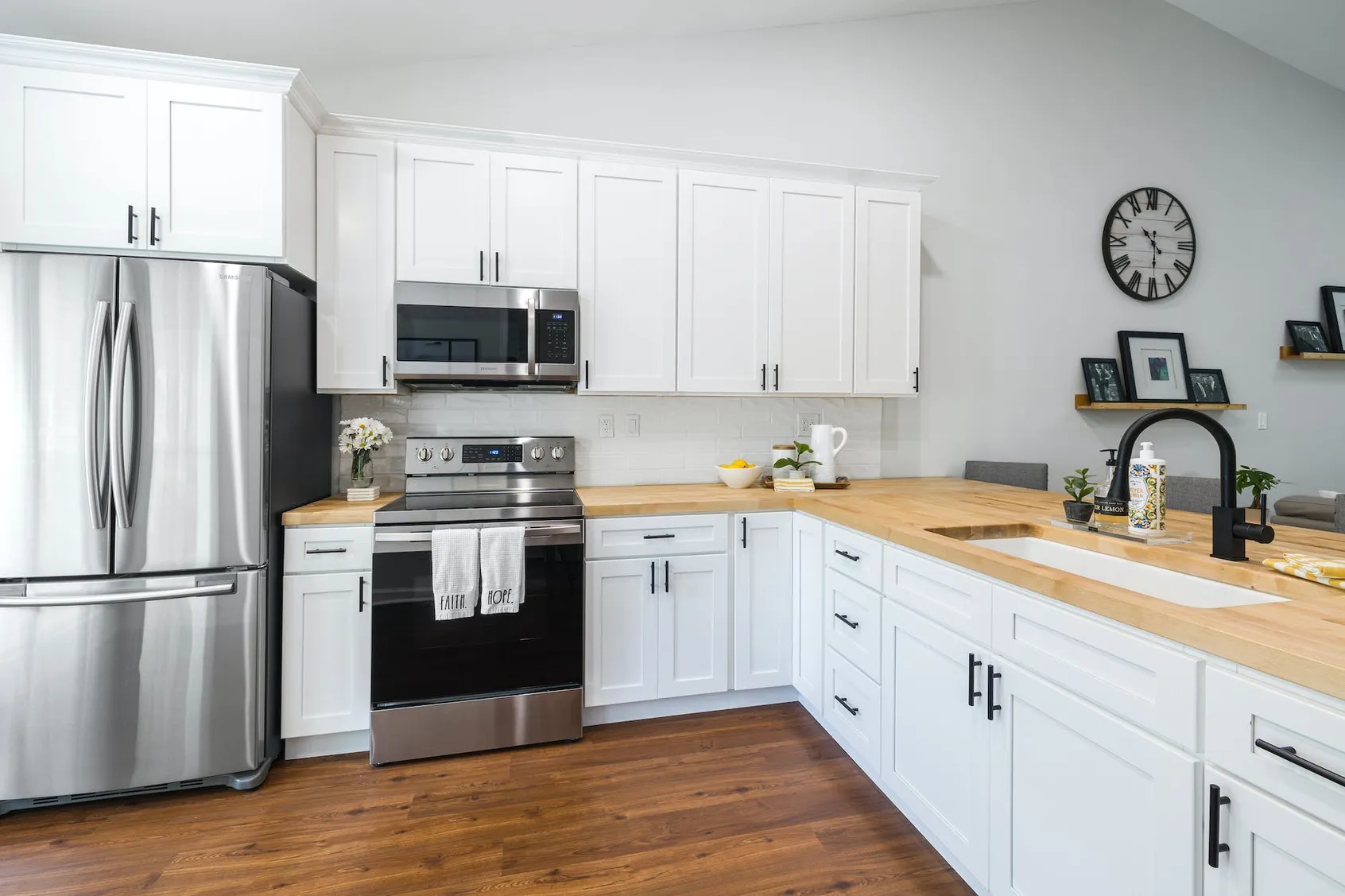



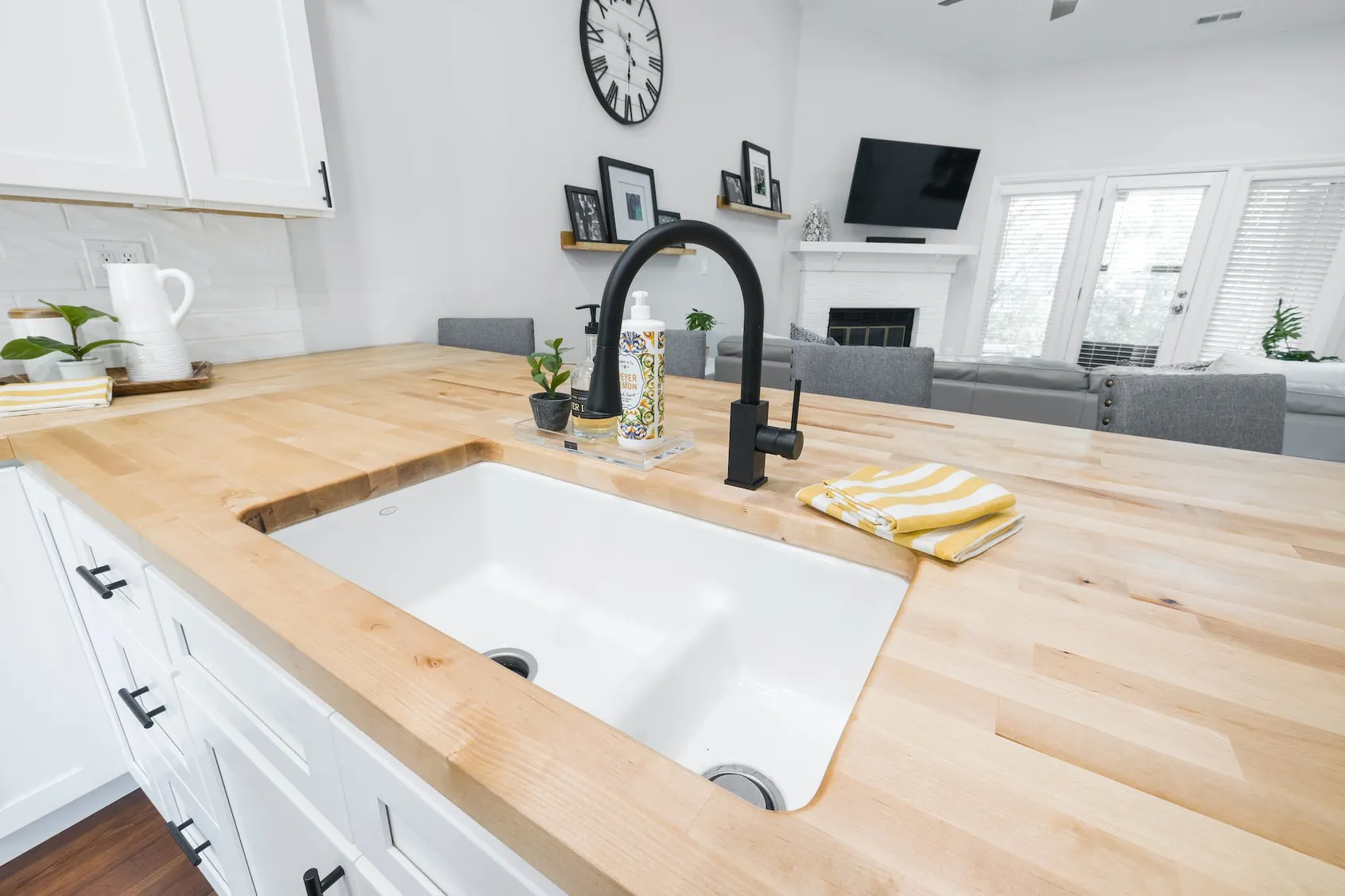





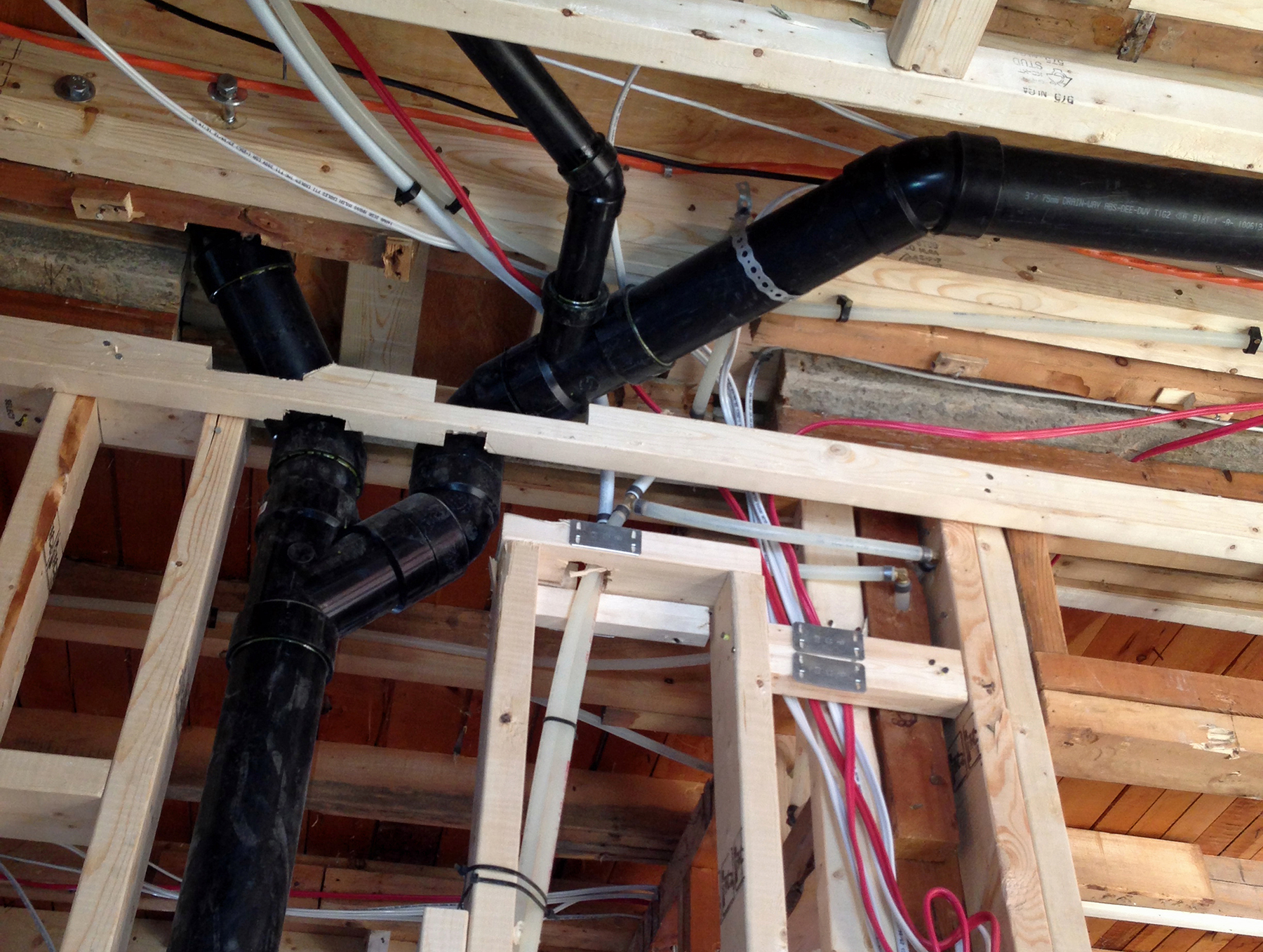
/how-to-install-a-sink-drain-2718789-hero-24e898006ed94c9593a2a268b57989a3.jpg)


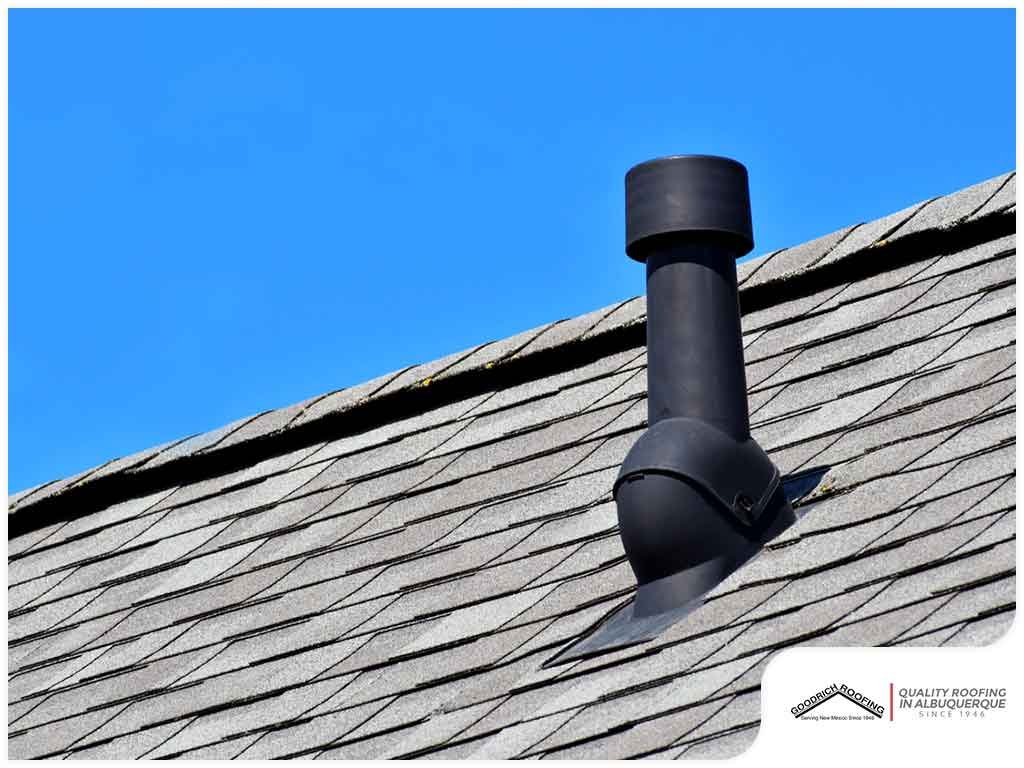



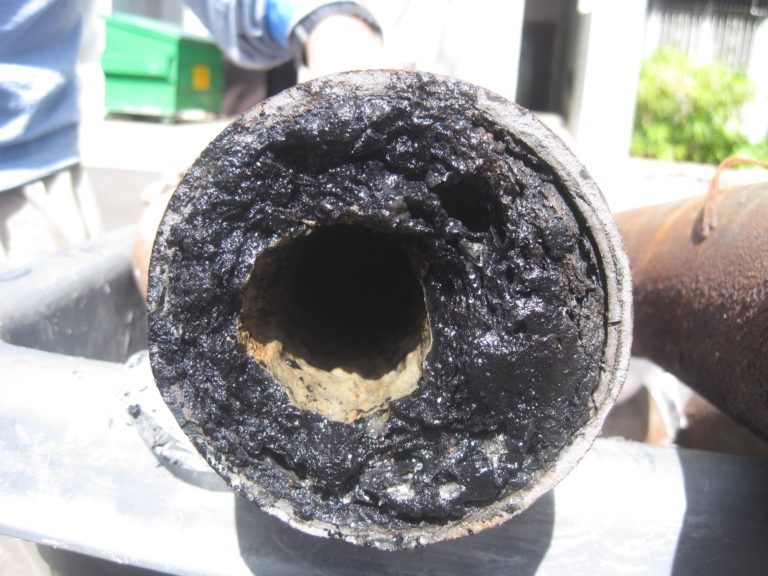


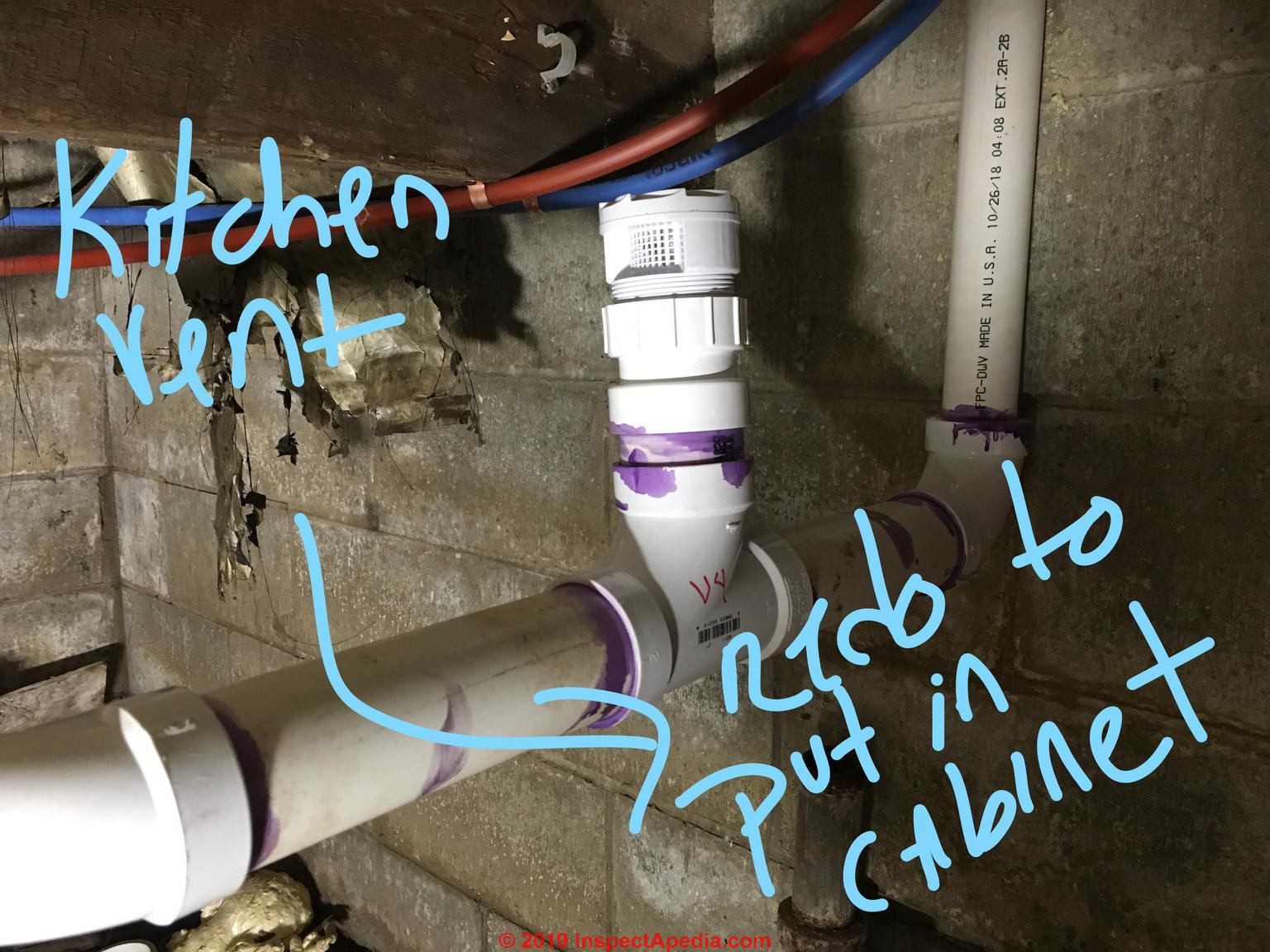






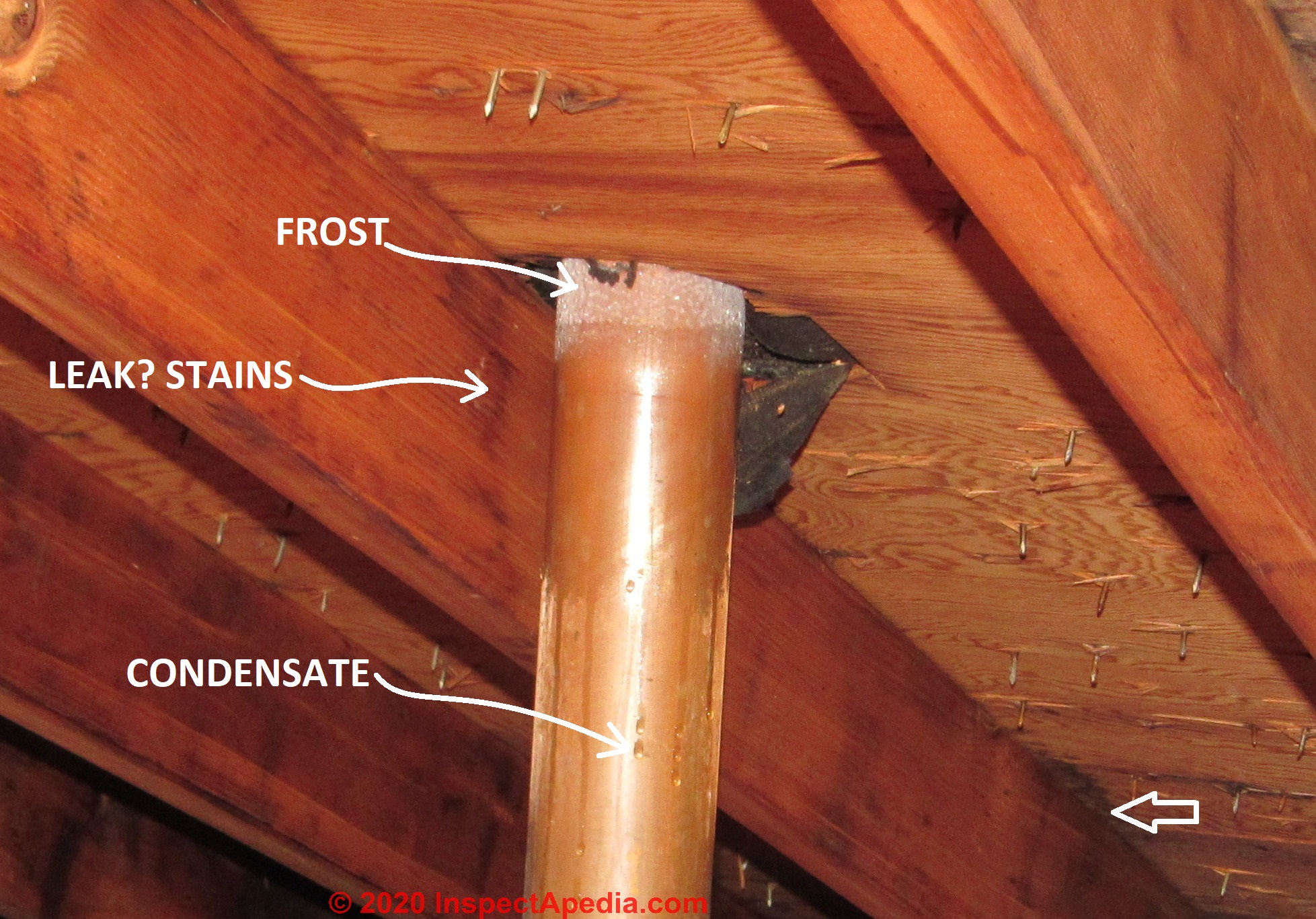
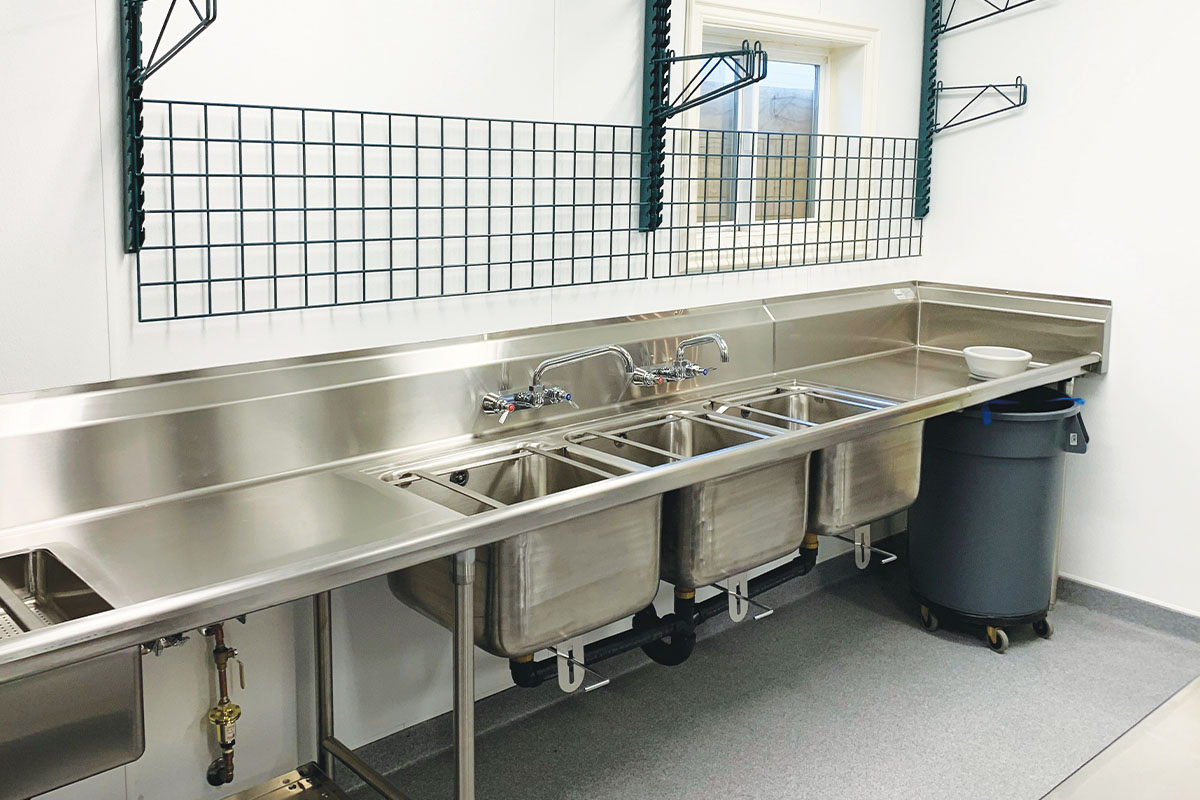





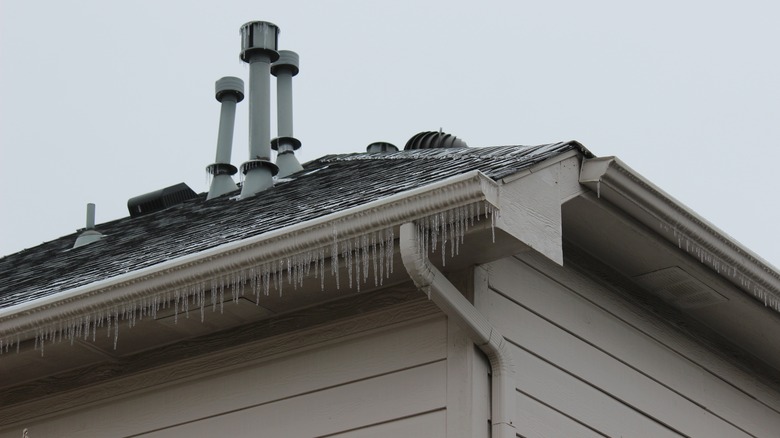
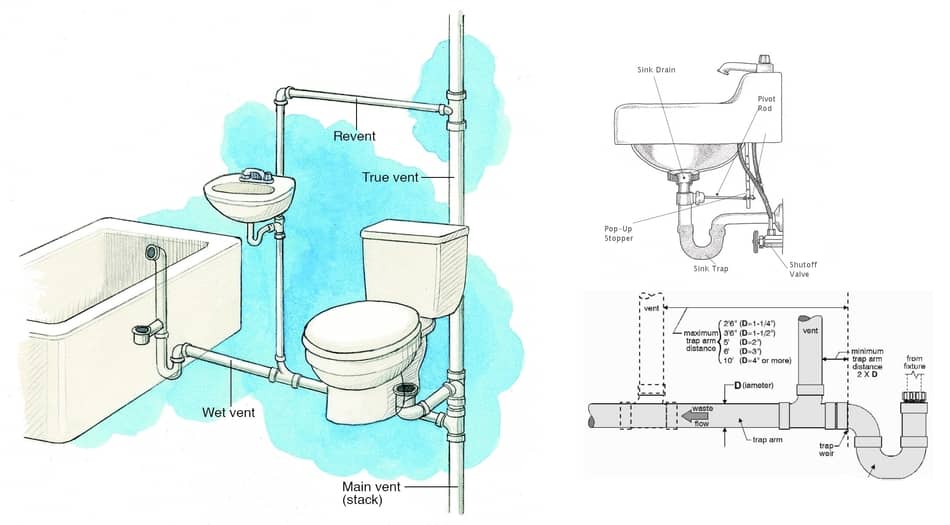

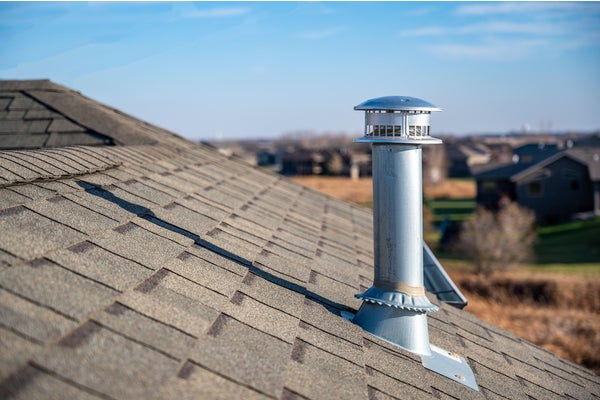

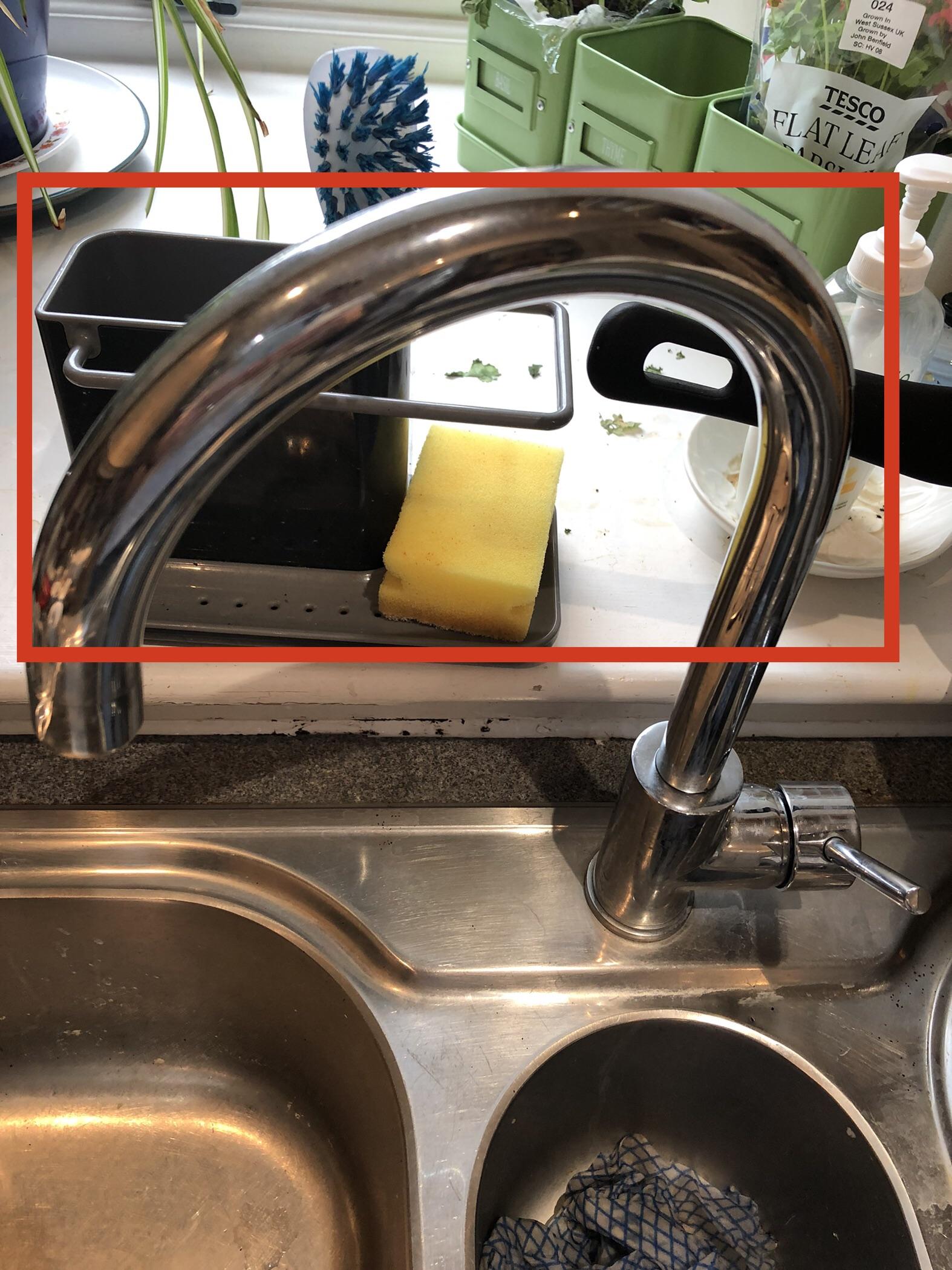


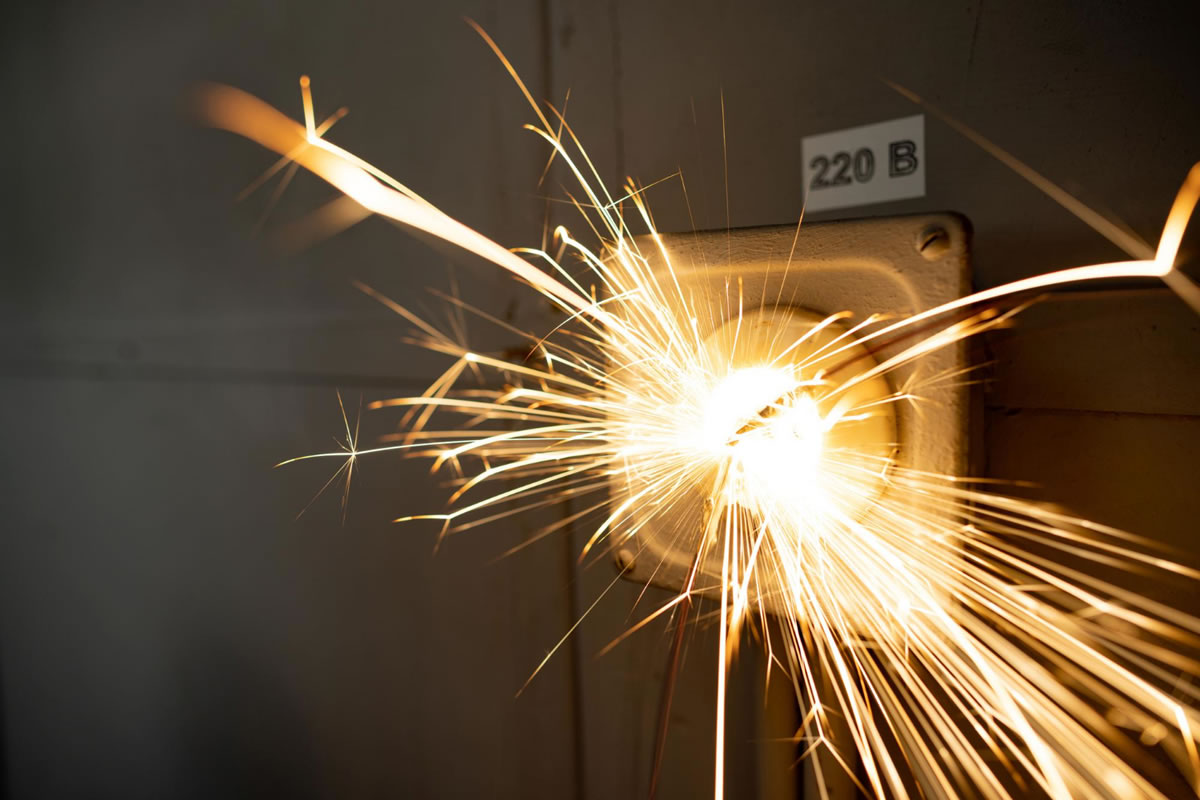




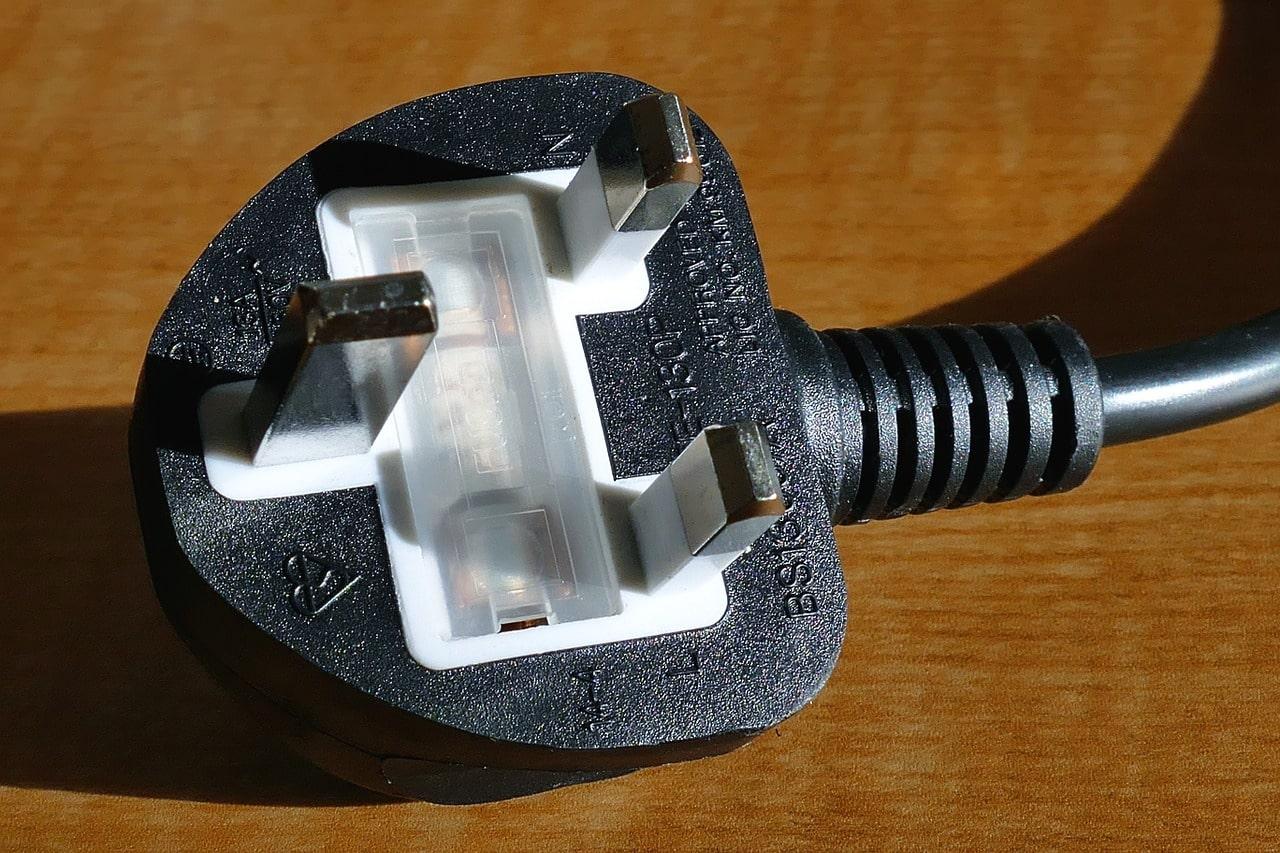

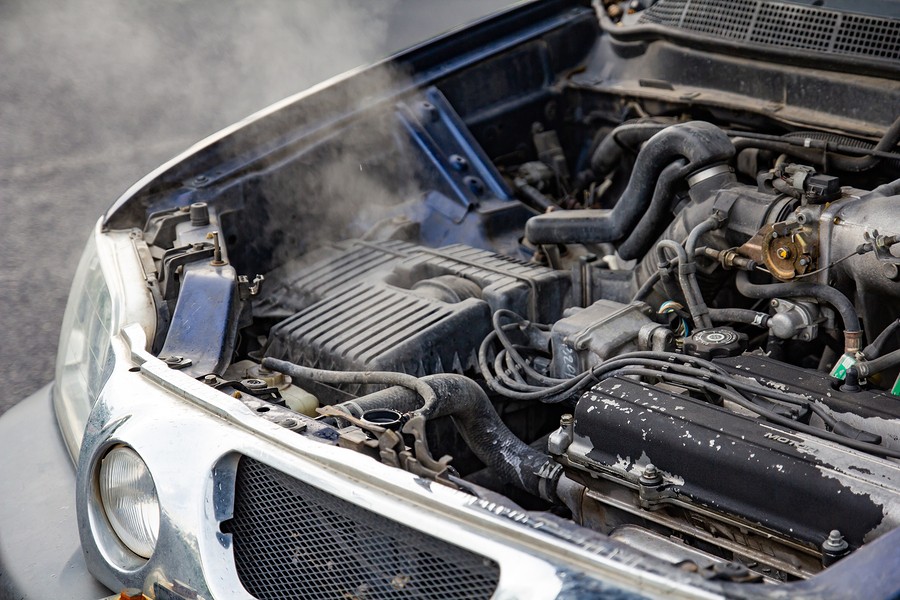



:max_bytes(150000):strip_icc()/sink-vent-installing-an-auto-vent-2718828-01-1894a3f9c97c4c22949448eac8b5c64b.jpg)

